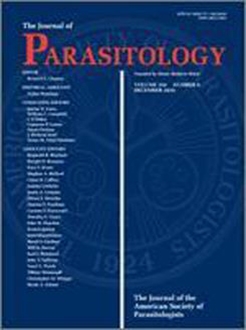Allopreening occurs when 1 bird preens another bird. The behavior is normally directed at the head and neck of the recipient, i.e., regions that the bird cannot self-preen. Studies of penguins, pigeons, and other groups of birds suggest that allopreening plays a role in the control of ectoparasites, such as ticks and feather lice. However, it is not known whether allopreening increases in response to increases in parasite load, or whether it is a programmed response that occurs independently of parasite load. We conducted a laboratory experiment using wild-caught rock pigeons (Columba livia) to test the relationship between ectoparasite load and allopreening rate. We added feather lice (Columbicola columbae) to captive pigeons and tested for changes in allopreening rates compared to control birds with no lice added. Allopreening rates did not change in response to the addition of lice. Interestingly, however, our data revealed a negative correlation between allopreening and self-preening rates.
How to translate text using browser tools
14 February 2020
Is Allopreening a Stimulus-Driven Defense Against Ectoparasites?
Graham B. Goodman,
Sarah A. Conner,
Sarah E. Bush,
Dale H. Clayton
ACCESS THE FULL ARTICLE

Journal of Parasitology
Vol. 106 • No. 1
January 2020
Vol. 106 • No. 1
January 2020
anti-parasite behavior
Columbicola columbae
Feather Lice
pigeon





